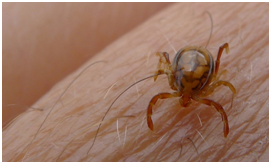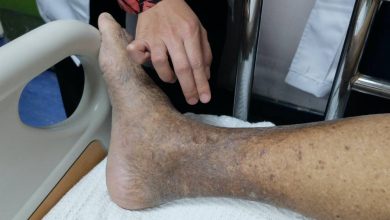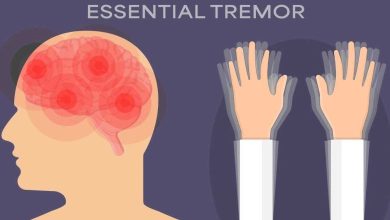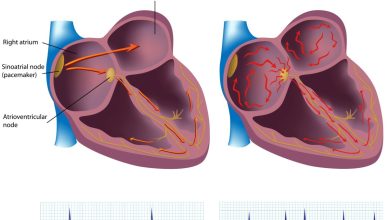Crimean Congo Hemorrhagic Fever Causes, Symptoms, Diagnosis and Treatment

What is Crimean Congo Hemorrhagic Fever?
Crimean-Congo hemorrhagic fever (CCHF) is brought on by disease with a tick-borne infection (Nairovirus) in the family Bunyaviridae. The malady was initially portrayed in the Crimea in 1944 and given the name Crimean hemorrhagic fever. The hosts of the CCHF virus include a wide range of wild and domestic animals such as cattle, sheep and goats. Many birds are resistant to infection, but ostriches are susceptible and may show a high prevalence of infection in endemic areas, where they have been at the origin of human cases
Causes of Crimean Congo Hemorrhagic Fever
The CCHF infection is transmitted to individuals either:
- By tick chomps
- Through contact with contaminated creature blood or tissues amid and promptly after butcher.
- Human-to-human transmission can happen coming about because of close contact with the blood, emissions, organs or other natural liquids of tainted people.
- Healing facility gained diseases can likewise happen because of disgraceful sanitization of medicinal hardware, reuse of needles and defilement of restorative supplies.
Symptoms of Crimean Congo Hemorrhagic Fever
The onset of CCHF is sudden, with initial signs and symptoms including
- Headache
- High fever
- Back pain
- Joint pain
- Stomach pain
- Vomiting
- Red eyes
- A flushed face
- A red throat
- Petechiae (red spots) on the palate are common.
- Symptoms may also include jaundice, and in severe cases, changes in mood and sensory perception.
Diagnosis of Crimean Congo Hemorrhagic Fever
CCHF virus infection can be diagnosed by several different laboratory tests:
- Enzyme-linked immunosorbent assay (ELISA) ;
- Antigen detection;
- Serum neutralization;
- Reverse transcriptase polymerase chain reaction (RT-PCR) assay; and
- Virus isolation by cell culture.
Patients with fatal disease, as well as in patients in the first few days of illness, do not usually develop a measurable antibody response and so diagnosis in these individuals is achieved by virus or RNA detection in blood or tissue samples.
Tests on patient samples present an extreme biohazard risk and should only be conducted under maximum biological containment conditions. However, if samples have been inactivated (e.g. with virucides, gamma rays, formaldehyde, heat, etc.), they can be manipulated in a basic biosafety environment
Treatment of Crimean Congo Hemorrhagic Fever
Treatment for CCHF is primarily supportive.
- Care should include careful attention to fluid balance
- Correction of electrolyte abnormalities
- Oxygenation and hemodynamic support,
- Appropriate treatment of secondary infections.
- The virus is sensitive in vitro to the antiviral drug ribavirin. It has been used in the treatment of CCHF patients reportedly with some benefit.
By : Natural Health News




